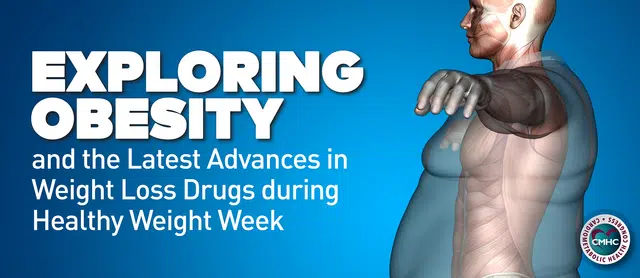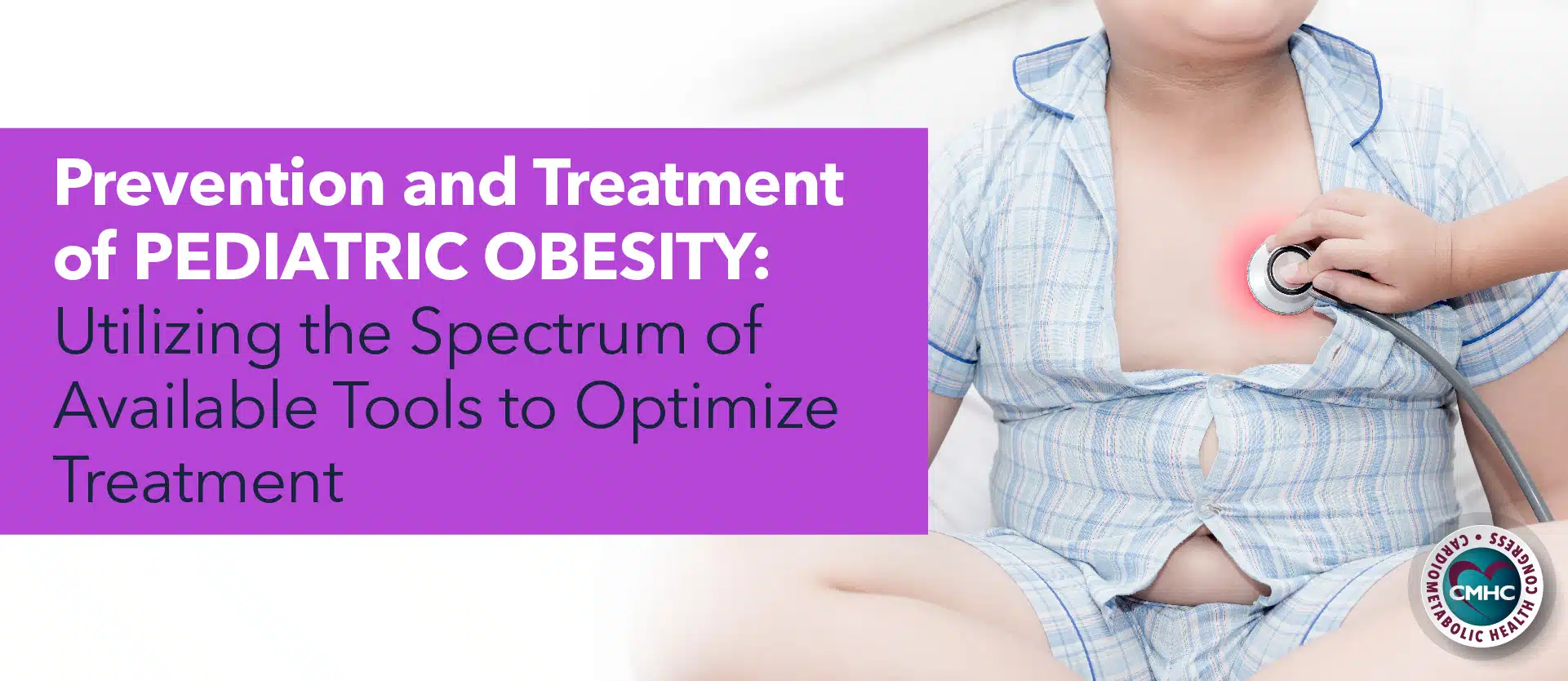The number of obese children and adolescents rose to 124 million in 2016: more than 10 times higher than the 11 million classified as obese 40 years ago, in 1975. A further 213 million children and adolescents were overweight in 2016, finds a new study published Tuesday in the Lancet.
Looking at the broader picture, this equated to roughly 5.6% of girls and 7.8% of boys being obese last year. Most countries within the Pacific Islands, including the Cook Islands and Nauru, had the highest rates globally, with more than 30% of their youth ages 5 to 19 estimated to be obese.
The United States and some countries in the Caribbean, such as Puerto Rico, as well as the Middle East, including Kuwait and Qatar, came next with levels of obesity above 20% for the same age group, according to the new data, visualized by the NCD Risk Factor Collaboration.
“Over the past four decades, obesity rates in children and adolescents have soared globally, and continue to do so in low- and middle-income countries,” said Majid Ezzati, professor of global environmental health at Imperial College London in the UK, who led the research. “More recently, they have plateaued in higher-income countries, although obesity levels remain unacceptably high,” he said.
Over the same time period, the rise in obesity has particularly accelerated in East and South Asia. “We now have children who are gaining weight when they are 5 years old,” unlike children at the same age two generations ago, Ezzati told CNN.
In the largest study of its kind, more than 1,000 researchers collaborated to analyze weight and height data for almost 130 million people, including more than 31 million people 5 to 19 years old, to identify obesity trends from 1975 to 2016.
“Rates of child and adolescent obesity are accelerating in East, South and Southeast Asia, and continue to increase in other low and middle-income regions,” said James Bentham, a statistician at the University of Kent, who co-authored the paper.
Obesity in adults is defined using a person’s body mass index, the ratio between weight and height. A BMI of 18.5 to 24.9 is classified as a healthy weight, 25 to 29.9 considered overweight and 30 and over obese. Cut-offs are lower among children and adolescents and vary based on age.
“While average BMI among children and adolescents has recently plateaued in Europe and North America, this is not an excuse for complacency as more than one in five young people in the U,S. and one in 10 in the UK are obese,” he said.
Being obese as a child comes with a high likelihood of being obese as an adult and the many health consequences that come with it, including the increased risk of diabetes, cardiovascular disease and some cancers. The potential for these chronic conditions into adulthood also puts an increased burden on health systems — and financial constraints on individuals.
“We are seeing very worrying trends with pediatricians who have children come in as young as 7 with type 2 diabetes,” said Temo Waqanivalu, programme officer for population-based prevention of non-communicable diseases at the World Health Organization. WHO co-led the research with Imperial College London.

















